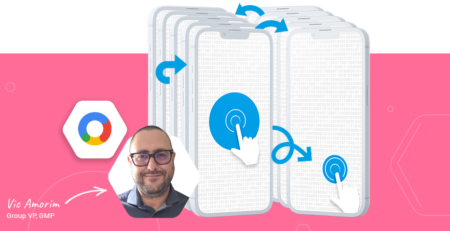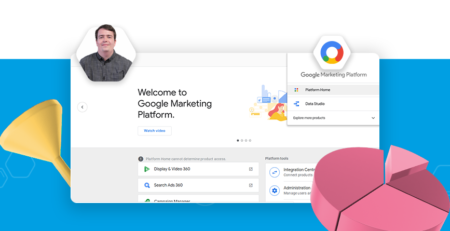Search Ads 360: top bidding and reporting features
Search Ads 360, formerly known as DoubleClick Search, is a powerful search management platform built for advanced campaign management and reporting. It integrates Google Ads, Bing Ads, Yahoo! Japan, Yahoo! Gemini and Baidu all in one interface. This seamless integration allows you to make large-scale changes to campaigns, ad groups, keywords and ads across multiple platforms and accounts, including working towards blended engine targets.
In addition to Floodlight tagging across Google Marketing Platform, the Search Ads 360 interface itself comes with extensive functionality that other platforms lack. To give you a taster of what Search Ads 360 has to offer and celebrate our status as a Sales Partner, we’ve selected a few of our favourite bidding and reporting features for all your search needs!
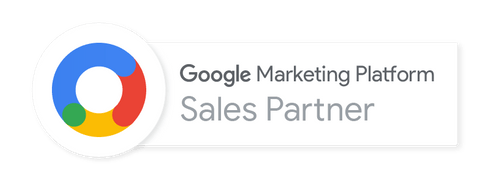
Bidding
Bid Strategies
Search Ads 360 provides enhanced bidding complexity, with the ability to create cross-account bid strategies that focus on conversions with specific characteristics using custom Floodlights. They use a number of signals, including historical performance across the whole account and similarities between keywords based on the landing page, semantic content, account structure and labels.
This makes Search Ads 360’s bid strategies much more powerful than Google Ads. The ability to, for example, set a blended CPA target across 10 engine accounts as opposed to 10 individual CPA targets renders it much more efficient for very large accounts. And unlike Google Ads’ automated bid strategies, they work across accounts and search engines.
There’s no one-size-fits-all strategy; all accounts perform differently. It’s essential to have enough historic data for new campaigns to perform properly. You’ll probably also want to have as few bid strategies as possible for a larger data set. You can set them up cross-account and apply them at campaign, ad group, or keyword-level – our recommendation is at campaign-level to take advantage of features like adaptive location targets.
To set up a bid strategy, you first need to set a goal to optimise towards based on your business needs, e.g. conversions or clicks. You then set a specific target for that KPI, which is followed by setting constraints for your bids if required.
Once set, there will be a calibration period for data collection where your goal can be overridden, but your bid constraints and campaign budgets will be respected. Keep in mind if using a target CPA bid strategy that where Google Ads needs 30 conversions a month to optimise to the best of its ability, Search Ads 360 requires 20 per week – it can run with lower volume but this will limit its capability considerably.
One final feature that’s especially valuable for Search Ads 360 bidding is Data Exclusion Events. If for any reason you are suddenly missing conversion data – for example due to a temporary tagging issue – you can select a period that you would like to exclude from conversion goal or bid strategy calculations, leaving them unaffected by missing or inaccurate data.
Auction time bidding
While standard Search Ads 360 bid strategies analyse the performance of the campaigns in their portfolio approximately every six hours to adjust bids and modifiers, real auction-time bidding has recently come to Search Ads 360. At time of writing it is in beta for Google Ads campaigns only; engines such as Bing will still run with auction time bidding enabled, but will do so on standard Search Ads 360 bid strategies.
Auction time bidding analyses further contextual signals, using auction-level data to bid in real time based on how likely each search query is to convert. In fact, it uses all signals available to Google except second-party audiences; these were found during testing to bring very little incremental value.
These signals are used in combination to decide on bids for each case specifically, as opposed to being purely layered according to criteria such as device or time as is the case with bid modifiers. The difference can be tricky to wrap your head around at first but basically works as below:
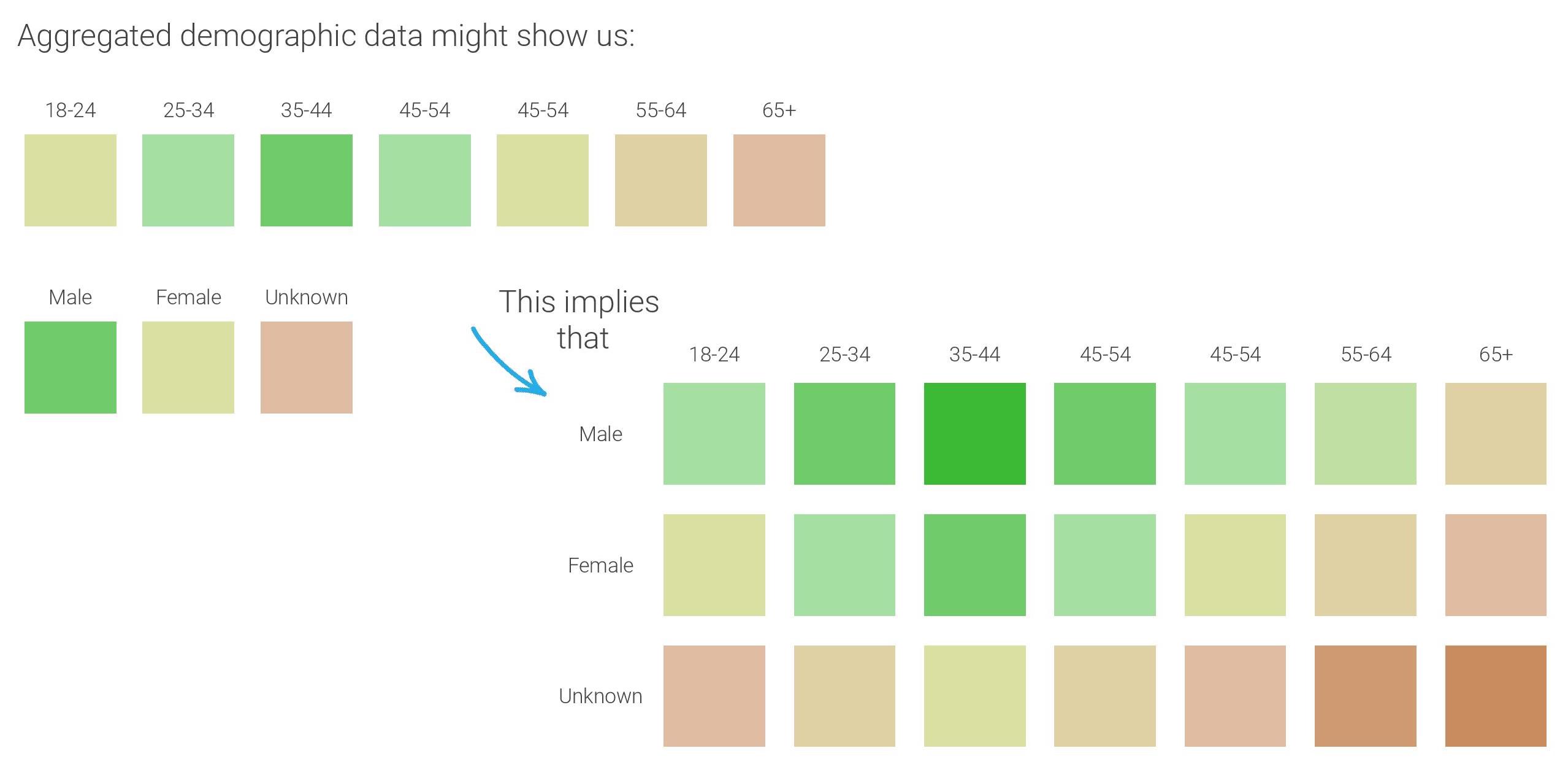
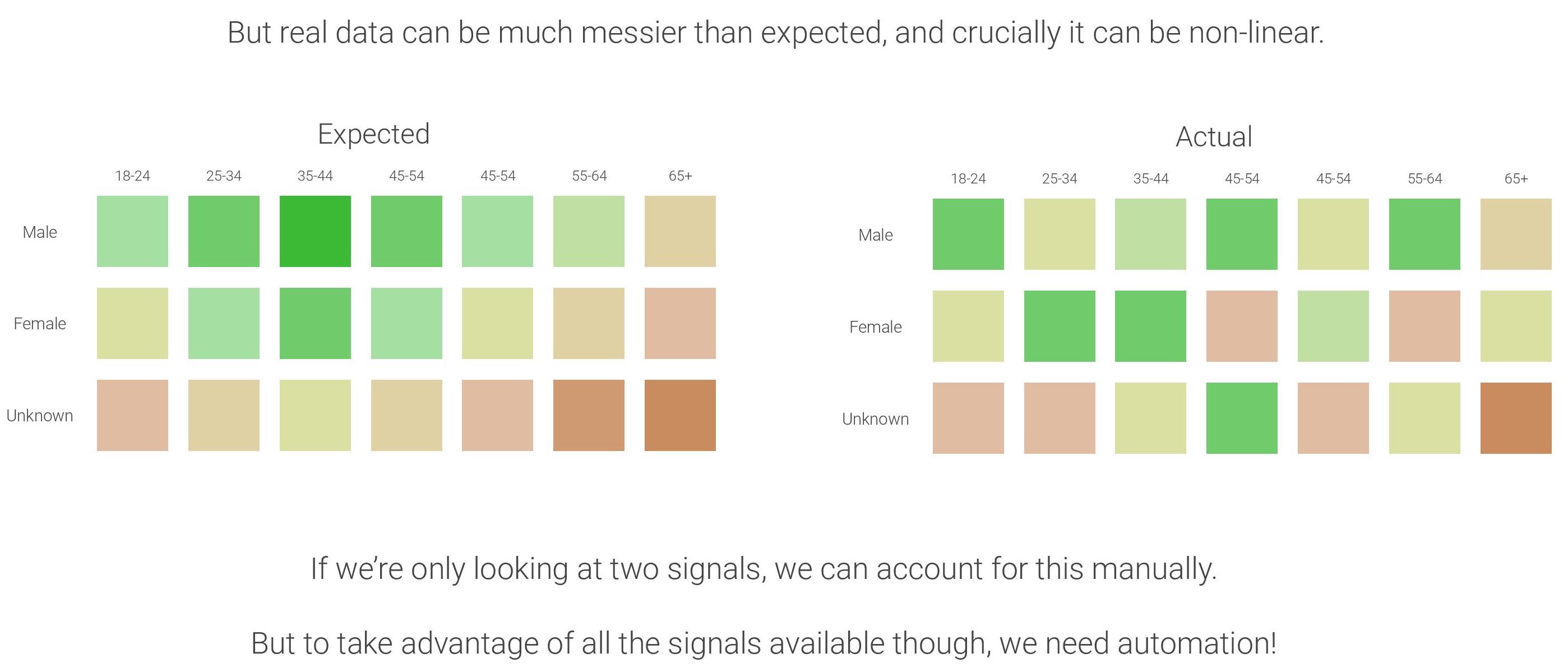
Google have said that the average advertiser performance uplift from enabling Search Ads 360 auction-time bidding is 15-30%. It also comes as a welcome addition for those running Dynamic Search Ads as changing bids at auction-level is especially important for this ad type.
This real auction-time bidding comes with the same benefits of, for example, Google Ads smart bidding, but your target is blended across engines. Similar to Google Ads, these strategies will override any bid modifiers. You cannot manually adjust bids at all, though you are able to adjust your bid strategy settings. This is best done sparingly – make small changes (i.e. less than 30%), and be sure to wait a week before evaluating results, then repeat if necessary.
After launch, auction-time bidding will enter a learning stage which will take at least seven days; the longer your conversion lag, the longer it will take to train and calibrate.
Reporting
As Search Ads 360 integrates Google Ads, Analytics and Floodlight data, there is a huge wealth of information to work with. This is made considerably easier with the interface’s reporting features.
Custom columns
Search Ads 360 has spreadsheet-like functionality, allowing formulas to manipulate this data from columns in the interface. For example, you can sum and weight conversions to create one conversion/CPA column, set up “goal” columns for benchmarking performance against targets, and report CPA by device. The Floodlight columns are much more flexible than those in Google Ads as you can also apply different attribution models and multiple Floodlight sources.
You could, for example, compare performance according to different attribution models side by side, along with the comparisons to target. Or if you know call leads are twice as valuable to you than web leads, you could sum them into a single column weighted 2:1. Search Ads 360’s bid strategy capabilities allow you to optimise towards these custom columns. You can also schedule reports to download on a regular basis, allowing for easy sharing of your reporting.
Filtering
The ability to filter across accounts, campaigns, ad groups, and keywords is a real bonus for huge accounts, especially when reporting tables for large data sets take too long to update in the interface. You can combine several filters together, and use them to isolate data for bulk changes across Google and Bing accounts.
These filters can include an ‘OR’ function for more precise data manipulation. Custom views allow you to save specific segmentations you want to access regularly, providing further ease of use.
Spend and budgets
In the long term, you can control spend by using bid strategy targets. As mentioned, you should ideally adjust targets by no more than 30% per week. This prevents them from re-entering a learning phase and struggling for performance while they adapt. Make sure to use the budget forecasting tool to determine the adjusment’s effect on spend. You should see impact no more than 2 days after making the change. For more accurate target forecasting, make smaller changes and evaluate incrementally.
Manual CPC overrides with standard bid strategies are better suited for quicker, more urgent changes as impact will be seen immediately. This shouldn’t be done frequently, and needs to follow best practice. The new maximum CPC will stand for 24 hours, after which Search Ads 360 will resume optimising your bids.
Finally, to prevent valuable and less valuable keywords from having their bids pushed or pulled too aggressively, you can use bid constraints. The bid strategy will increase or decrease bids on the “next best keyword” if constrained. Make sure to set minimum and maximum bids wide enough to let the strategy optimise effectively – the fewer constraints, the better. Analyse the impact of your bid limits and then gradually relax them, and aim to modify strategy targets instead of controlling spend with constraints or overrides.
Integration with Google Marketing Platform
Search Ads 360 has a ton of features to help you optimise your strategy to make sure your accounts are the best they can be. Combined with the full Google Marketing Platform stack for advertising and analytics, the solution makes buying and executing media more efficient through cross-channel audience data integration and reporting.
Get in touch below to find out more about how Google Marketing Platform can help you get the most out of your marketing!


